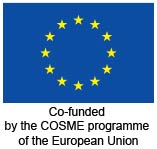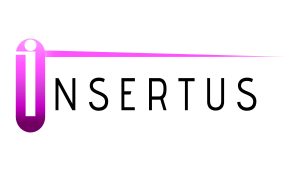The Tourism 4.0 project has strengthened the competitiveness and sustainability of tourism SMEs through professional support for the adoption of digital technologies, including training programs, financing, and assistance for digital transformation, promoting innovation and networking. During the years 2022 and 2023, the international consortium has worked on different operational stages to train companies, implement financing schemes, and evaluate the results. Highlighting the importance of digital technologies to improve business models and services in post-Covid tourism and thus enhancing the commercial opportunities of tourism SMEs. This collaborative effort has been the result of the effort and active participation of the associated companies in each phase of the project, contributing to its success.
The project involves the participation of 10 leading European actors in innovation and tourism, including organizations representing the tourism sector in 6 countries, with an aggregate membership base representing over 20,000 travel and tourism companies in Europe (from small accommodations to 5-star hotels, and travel and tour operators).




 In a disruptive reconversion process, they sought to offer experiences based on Augmented Reality and Virtual Reality. They launched activities directly through mobile devices, such as Google Glass, to offer almost personalized responses to demand, without schedules or unforeseen events.
In a disruptive reconversion process, they sought to offer experiences based on Augmented Reality and Virtual Reality. They launched activities directly through mobile devices, such as Google Glass, to offer almost personalized responses to demand, without schedules or unforeseen events.
